Home>Dining>Tableware>How To Arrange A Dining Room Table Setting
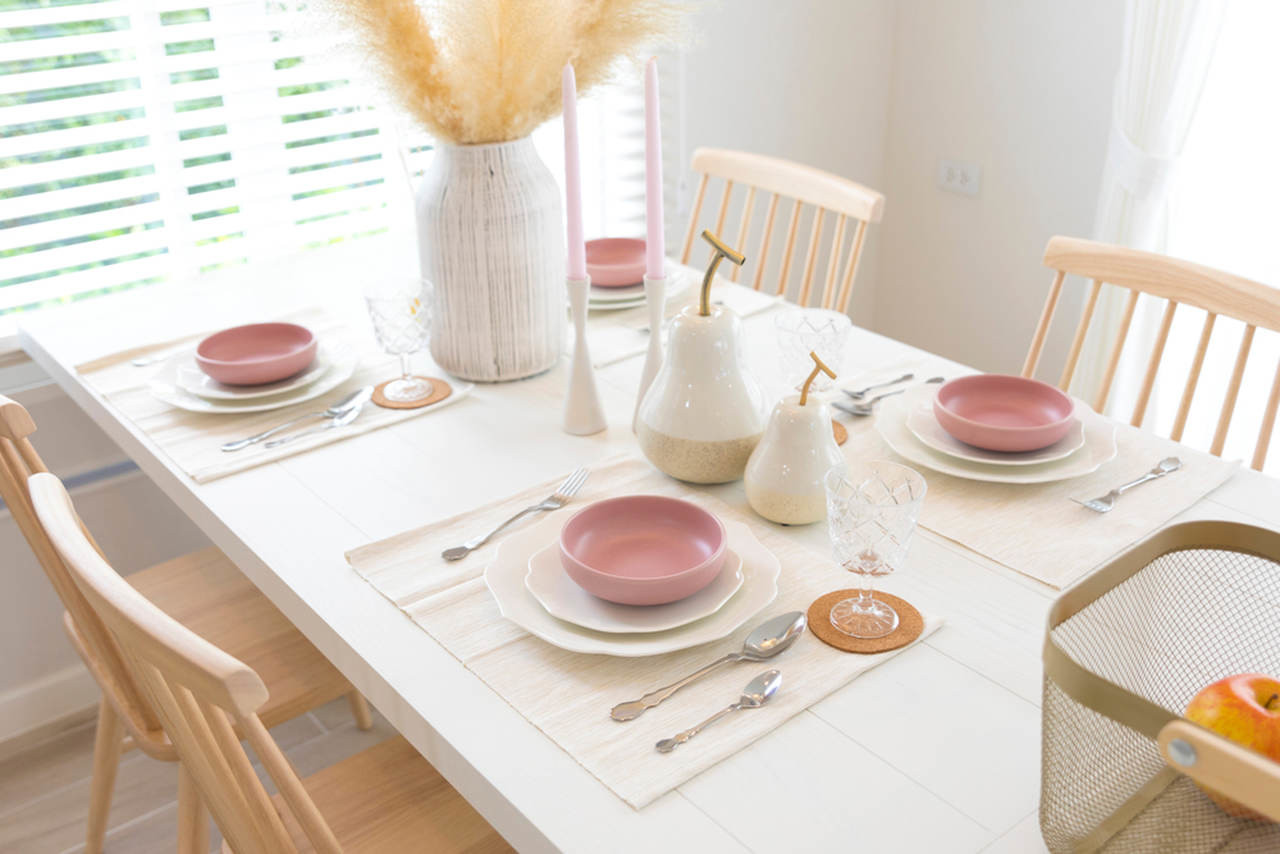

Tableware
How To Arrange A Dining Room Table Setting
Modified: August 28, 2024
Learn how to arrange a picture-perfect dining room table setting with the right tableware and create a stunning atmosphere for your next gathering.
(Many of the links in this article redirect to a specific reviewed product. Your purchase of these products through affiliate links helps to generate commission for Storables.com, at no extra cost. Learn more)
Introduction
Setting the table for a meal is not just about placing plates and silverware. It’s an opportunity to create an inviting ambiance, showcase your personal style, and make your guests feel special. When it comes to arranging a dining room table setting, attention to detail is key. From the choice of tablecloth to the placement of the napkins, every element plays a role in enhancing the dining experience.
In this article, we will guide you through the process of arranging a dining room table setting in a way that is both visually appealing and functional. Whether you’re hosting a formal dinner party or a casual gathering with friends and family, these tips and guidelines will help you create a table setting that will impress your guests.
So, let’s dive in and discover the art of table setting!
Key Takeaways:
- Attention to detail is key when arranging a dining room table setting. From choosing the right tablecloth to adding the final decorative touches, every element plays a role in creating an inviting and memorable dining experience.
- Personal style and creativity shine through in the art of table setting. Experiment with colors, patterns, and textures to create a visually stunning and functional table setting that reflects your unique taste and personality.
Read more: What Is In A Dining Room?
Choosing the Right Tablecloth
The tablecloth serves as the foundation for your table setting and sets the tone for the overall aesthetic. When choosing a tablecloth, consider the occasion, the style you want to achieve, and the colors that complement your tableware.
If you’re aiming for a formal and elegant look, opt for crisp white or muted neutral tones. These colors create a clean and sophisticated backdrop for your table setting. For a more casual and eclectic vibe, you can experiment with vibrant colors and bold patterns that reflect your personal style and the theme of the event.
Another important factor to consider is the material of the tablecloth. Linen is a classic choice that adds a touch of luxury and elegance to any table. It has a natural texture that enhances the overall aesthetic. Cotton is a versatile option that provides a more relaxed and casual feel. It’s also easier to care for and can be machine-washed.
Ensure that the tablecloth you choose is of the appropriate size. It should hang evenly from the edges of the table but not touch the floor. A tablecloth that is too small will look disproportionate, while one that is too large can be cumbersome and may even pose a tripping hazard.
Remember, the goal is to create a seamless and visually appealing table setting, so take your time to find the perfect tablecloth that sets the right tone for your occasion and complements the rest of your tableware.
Placing the Table Runner
Once you have chosen the perfect tablecloth, it’s time to add a decorative touch with a table runner. A table runner adds a visual focal point and can help tie together the elements of your table setting.
When it comes to placing the table runner, there are a few options to consider. You can choose to run it down the center of the table, from one end to the other, creating a dramatic and eye-catching effect. Alternatively, you can opt for a more understated approach by placing the table runner across the width of the table, positioning it horizontally in front of each place setting.
When selecting a table runner, consider the color and pattern that will complement your tablecloth and tableware. A contrasting color can add a pop of visual interest, while a complementary pattern can create a cohesive look. Play around with different options and see what works best for your specific table setting arrangement.
Ensure that the table runner is of an appropriate length. It should not hang over the edges of the table, as this can interfere with the placement of plates and silverware. Ideally, it should be slightly shorter than the tablecloth so that the edges of the tablecloth are still visible.
Remember, the table runner is a versatile decorative element that can add style and elegance to your table setting. Choose one that suits the occasion, complements your tablecloth, and enhances the overall aesthetic you want to achieve.
Positioning the Plates
When it comes to arranging a dining table setting, the placement of the plates is crucial. Proper positioning ensures that each guest has enough space and can easily access their meal.
Start by placing the dinner plate at the center of each place setting. The plate should be positioned about an inch from the edge of the table. This allows for comfortable placement of silverware and provides space for the guest to rest their hands.
If you are serving multiple courses, you may choose to add additional plates such as salad plates or appetizer plates. These should be placed on top of the dinner plate, slightly closer to the center of the table.
Consider the style of your table setting when determining the positioning of the plates. For formal occasions, stack the plates neatly and align them with the edge of the table. For a more relaxed and casual setting, you can angle the plates slightly or arrange them in a more organic manner.
Remember to account for the number of guests and the space available on the table. Ensure that each guest has enough room to comfortably eat without feeling cramped.
Properly positioning the plates not only creates an organized and visually appealing table setting but also ensures that your guests can enjoy their meal without any inconvenience.
Arranging the Silverware
Arranging the silverware may seem like a daunting task, but with a few simple guidelines, you can create an elegant and functional table setting.
Start by placing the dinner fork on the left side of the plate. The fork should be positioned with the tines facing up. To the left of the dinner fork, place the salad fork, if applicable.
On the right side of the plate, place the dinner knife with the blade facing inward, towards the plate. Next to the knife, place the soup spoon, if you are serving soup as part of the meal.
If you are serving seafood, you can include a seafood fork or a small cocktail fork on the right side of the plate, next to the soup spoon.
Above the plate, position the dessert fork and dessert spoon. This can be necessary if you plan on serving dessert directly after the main course.
To the right of the dinner knife, place the teaspoon and coffee spoon, if applicable.
If you are including a bread plate, position it above the forks, to the left of the dinner plate. Place the butter knife horizontally across the bread plate.
Remember to consider the order in which the utensils will be used. The outermost utensils are typically used first, moving towards the center of the plate with each subsequent course.
For a more formal table setting, you may choose to include additional special utensils, such as a fish knife or a steak knife. These should be placed on the right side of the plate, outside of the regular dinner knife.
Take your time arranging the silverware, ensuring that each piece is aligned and evenly spaced. This attention to detail will elevate your table setting and make your guests feel well-cared-for.
Consider using a tablecloth or placemats to protect the table. Place the dinner plate in the center, with the flatware arranged around it. Use a napkin to the left of the plate and a water glass to the right.
Read more: How To Organize Dining Room
Setting the Napkins
Napkins play a practical and decorative role in a dining table setting. They not only serve as a way for guests to clean their hands and mouths but also add a touch of elegance to the table.
There are several ways to set the napkins, depending on the style and formality of the occasion.
One common method is to fold the napkin into a rectangular shape and place it on top of the dinner plate. This is a classic and formal style that creates a polished look.
Alternatively, you can get creative and fold the napkin into different shapes, such as a fan or a decorative fold. These more intricate folds can add a visual interest to the table setting.
If you prefer a more casual or rustic approach, you can opt for a loose and relaxed placement. Simply fold the napkin into a square or rectangle and place it to the left of the forks or on the dinner plate.
Consider incorporating napkin rings or holders to further enhance the presentation. These can be made of various materials such as metal, wood, or fabric, and can add an extra layer of elegance to the table setting.
Another option is to place the napkin in the water glass or wine glass. This can serve as a decorative and functional element, keeping the napkin easily accessible to the guests.
Regardless of the method you choose, make sure the napkins are clean, neatly folded, and free from wrinkles. They should be positioned in a way that complements the rest of the table setting and adds a cohesive touch to the overall aesthetic.
Remember, setting the napkins is not just about practicality; it’s an opportunity to showcase your attention to detail and create an inviting atmosphere for your guests.
Adding Decorative Elements
When it comes to arranging a dining table setting, adding decorative elements can elevate the overall aesthetic and create a visually appealing ambiance. These elements serve as focal points and can help tie together the different components of the table setting.
One popular decorative element is a centerpiece. This can be a floral arrangement, a set of candles, or even a combination of both. The centerpiece should be placed in the center of the table, and its height should be appropriate, allowing guests to easily see and converse with each other across the table.
Consider the theme or occasion when selecting a centerpiece. For a formal dinner party, an elegant floral arrangement in a crystal vase can be a stunning choice. For a casual gathering, a rustic arrangement of wildflowers in a mason jar can add a touch of charm.
In addition to the centerpiece, you can also incorporate smaller decorative elements such as place cards, menu cards, or even small trinkets or favors for each guest. These personalized touches can add a unique and thoughtful touch to the table setting.
Don’t forget the power of lighting in creating an inviting atmosphere. Consider using ambient lighting, such as candles or string lights, to create a warm and cozy ambiance. Ensure that the lighting is not too harsh or dim, but just right to allow guests to see their food and enjoy the surroundings.
Lastly, consider the overall style and color palette of your table setting when selecting decorative elements. Choose elements that complement the tablecloth, dinnerware, and overall theme. Don’t be afraid to get creative and let your personal style shine through in the decorative elements you choose.
Remember, the goal is to create a visually appealing table setting that reflects your taste and adds to the overall dining experience for your guests. Take the time to carefully select and arrange the decorative elements to achieve a cohesive and inviting look.
Final Touches
As you near the completion of arranging your dining table setting, it’s time to add the final touches that will make it truly shine. These small details can make a big difference in the overall aesthetic and create a memorable dining experience for your guests.
Consider adding a personalized touch by placing name cards at each place setting. This not only adds a sense of exclusivity but also helps guests find their assigned seat. You can get creative with the design, using calligraphy or decorative fonts to make them visually appealing.
Ensure that the table is clean and free from any debris or smudges. A quick wipe with a clean cloth or paper towel can make a significant difference in the overall presentation.
Check that the chairs are properly aligned and positioned. They should be evenly spaced and aligned with the table. This attention to detail adds to the polished look of the table setting.
Consider the presentation of the food as well. If you’re serving a plated meal, ensure that each dish is beautifully arranged and garnished. The visual appeal of the food contributes to the overall dining experience.
Lastly, create a comfortable and welcoming atmosphere by adding background music or ambiance. Whether it’s a soft instrumental melody or a carefully curated playlist, the right music can set the mood and create a pleasant environment for your guests.
Take a step back and assess your table setting as a whole. Make any final adjustments or tweaks that you feel will enhance its overall appearance. Trust your instincts and trust your eye for detail.
Remember, the final touches are what bring your table setting to life and make it a memorable experience for both you and your guests. Enjoy the process, have fun with the creative elements, and savor the moment as you showcase your attention to detail and hospitality.
Conclusion
Arranging a dining room table setting is more than just placing plates and silverware. It is an art form that combines practicality, aesthetics, and personal style to create an inviting and memorable dining experience for your guests. By paying attention to every detail, from choosing the right tablecloth to adding the final decorative touches, you can create a visually stunning and functional table setting that sets the tone for the entire meal.
Remember to consider the occasion and the style you want to achieve when selecting tableware and decorative elements. Whether you’re hosting a formal dinner party or a casual gathering, each element should work harmoniously together to create a cohesive and visually appealing table setting.
Don’t be afraid to put your personal touch on the arrangement, incorporating creative and innovative ideas that reflect your unique style. Experiment with different colors, patterns, and textures to create a table setting that truly speaks to your individual taste and personality.
As the host, your attention to detail and thoughtful arrangement of the table setting will not go unnoticed. Your guests will feel welcomed and special, and it will contribute to an enjoyable and memorable dining experience for everyone involved.
So, the next time you’re preparing to host a meal, take the time to arrange your dining room table setting with care and thoughtfulness. Your efforts will be greatly appreciated, and you’ll create an atmosphere where good food, great company, and beautiful tableware come together for an unforgettable feast.
Now, roll up your sleeves, let your creativity flow, and enjoy the process of arranging a stunning and inviting table setting that will leave a lasting impression on your guests.
Frequently Asked Questions about How To Arrange A Dining Room Table Setting
Was this page helpful?
At Storables.com, we guarantee accurate and reliable information. Our content, validated by Expert Board Contributors, is crafted following stringent Editorial Policies. We're committed to providing you with well-researched, expert-backed insights for all your informational needs.
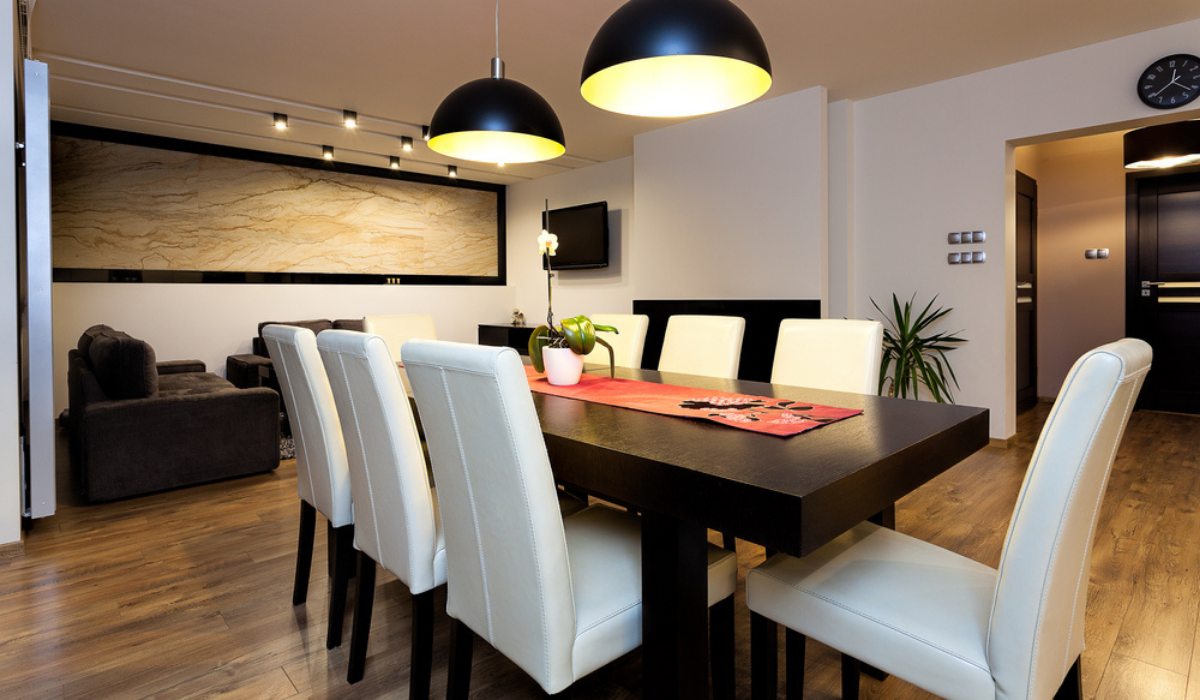
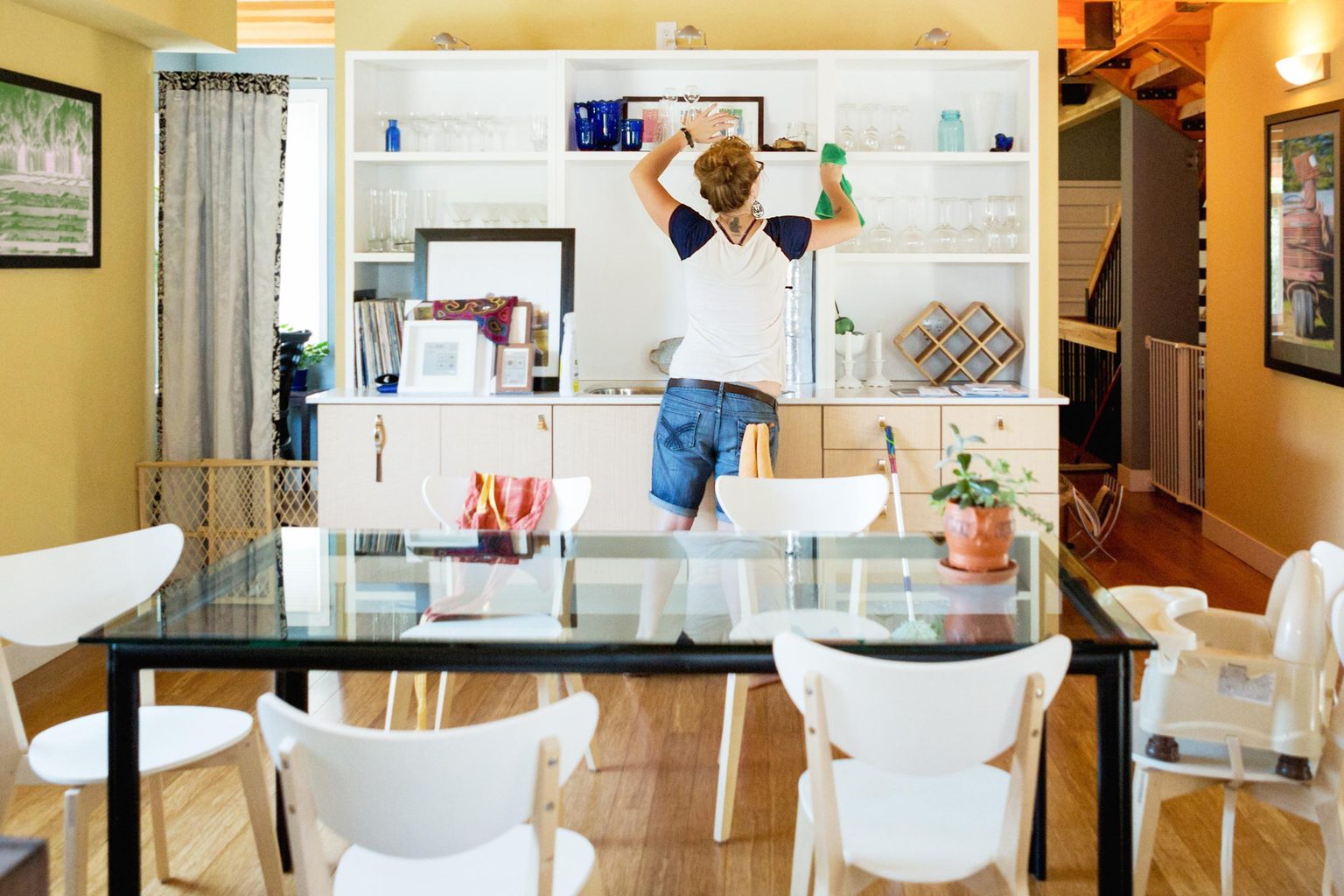
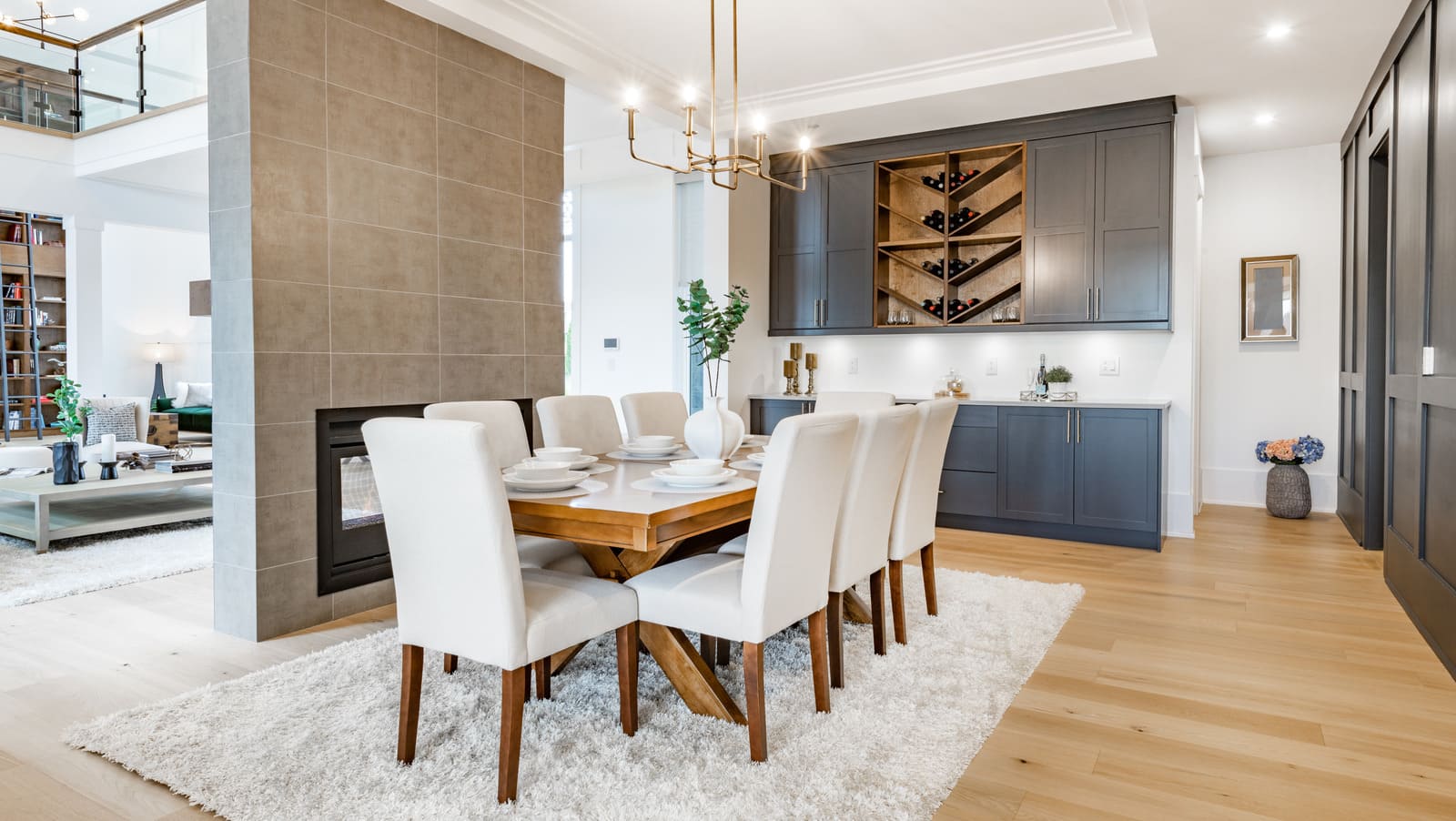
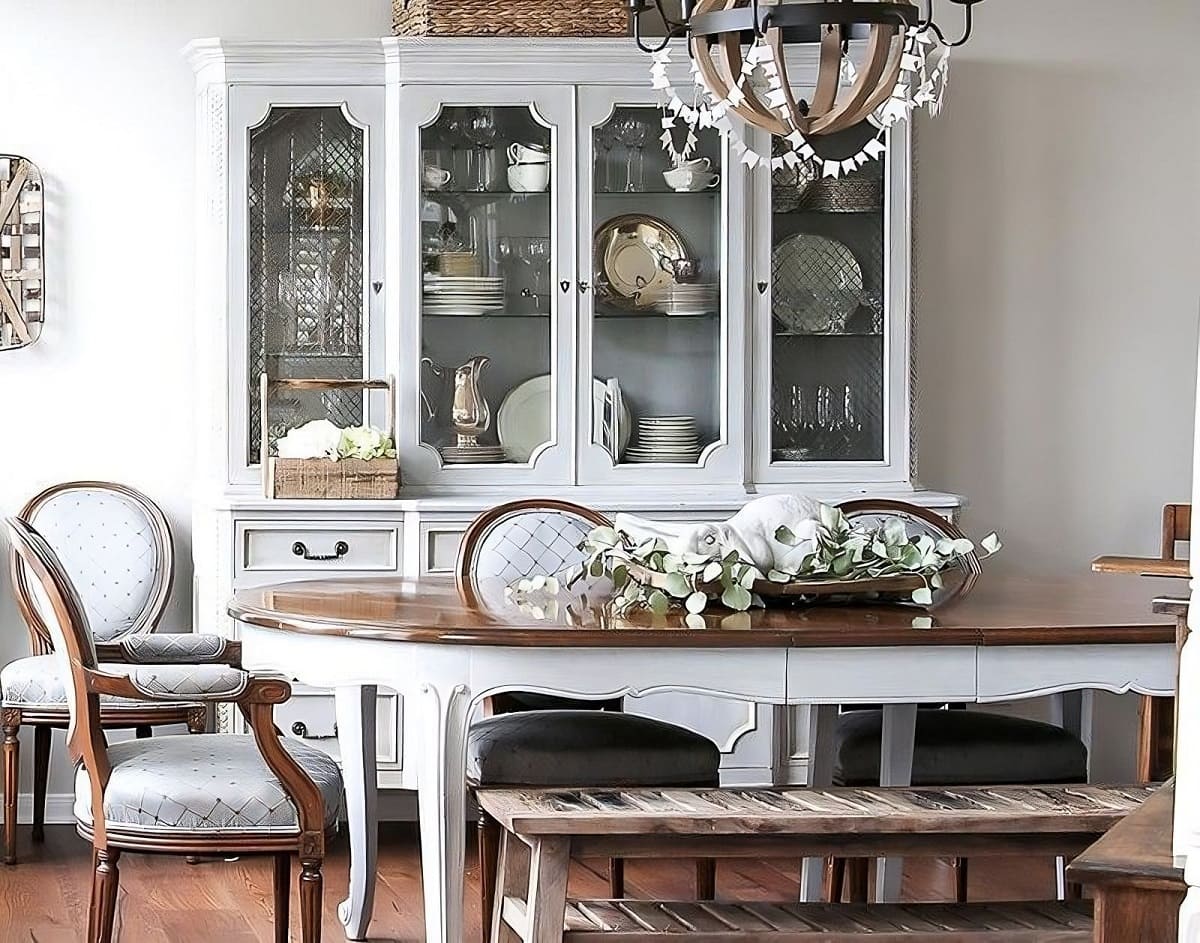
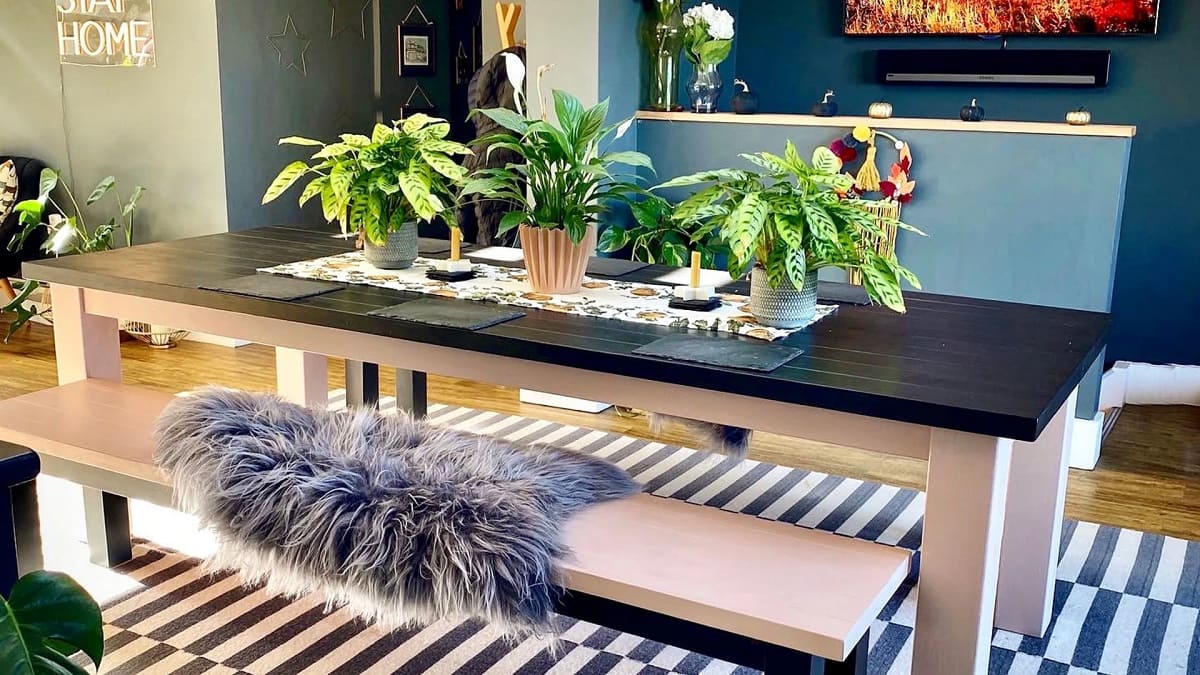
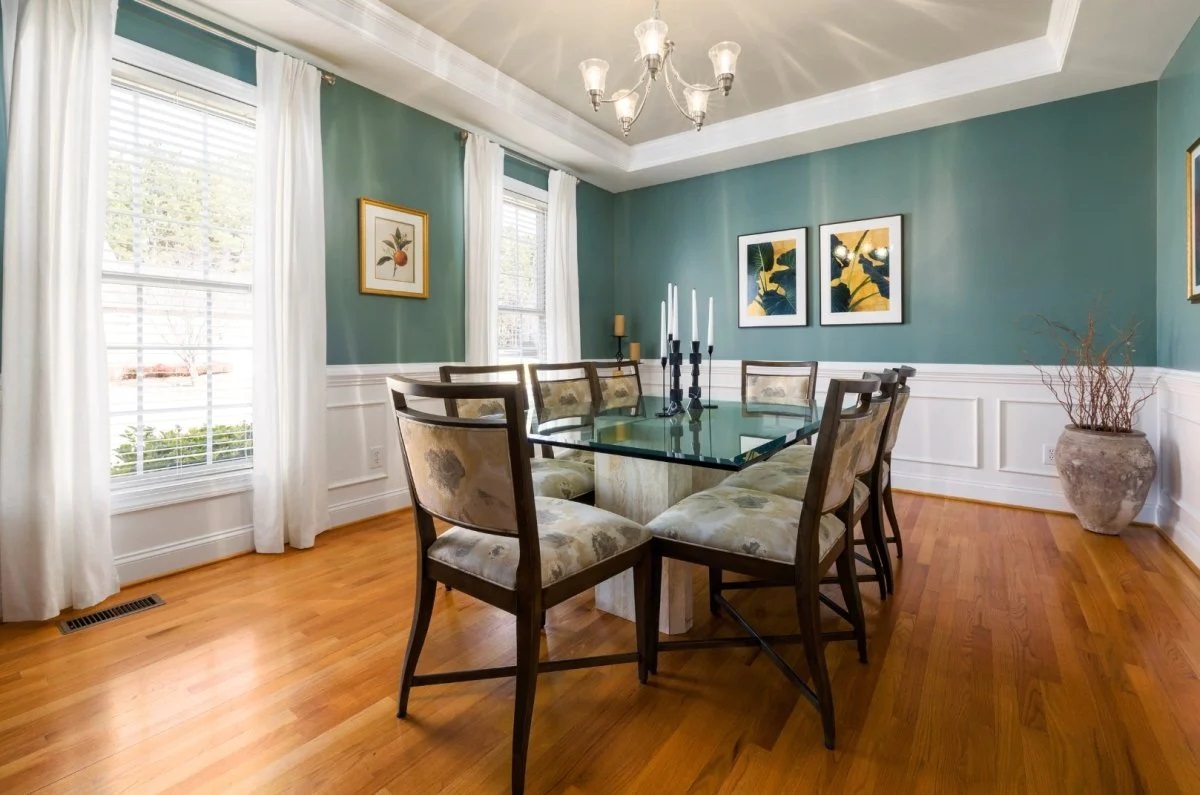
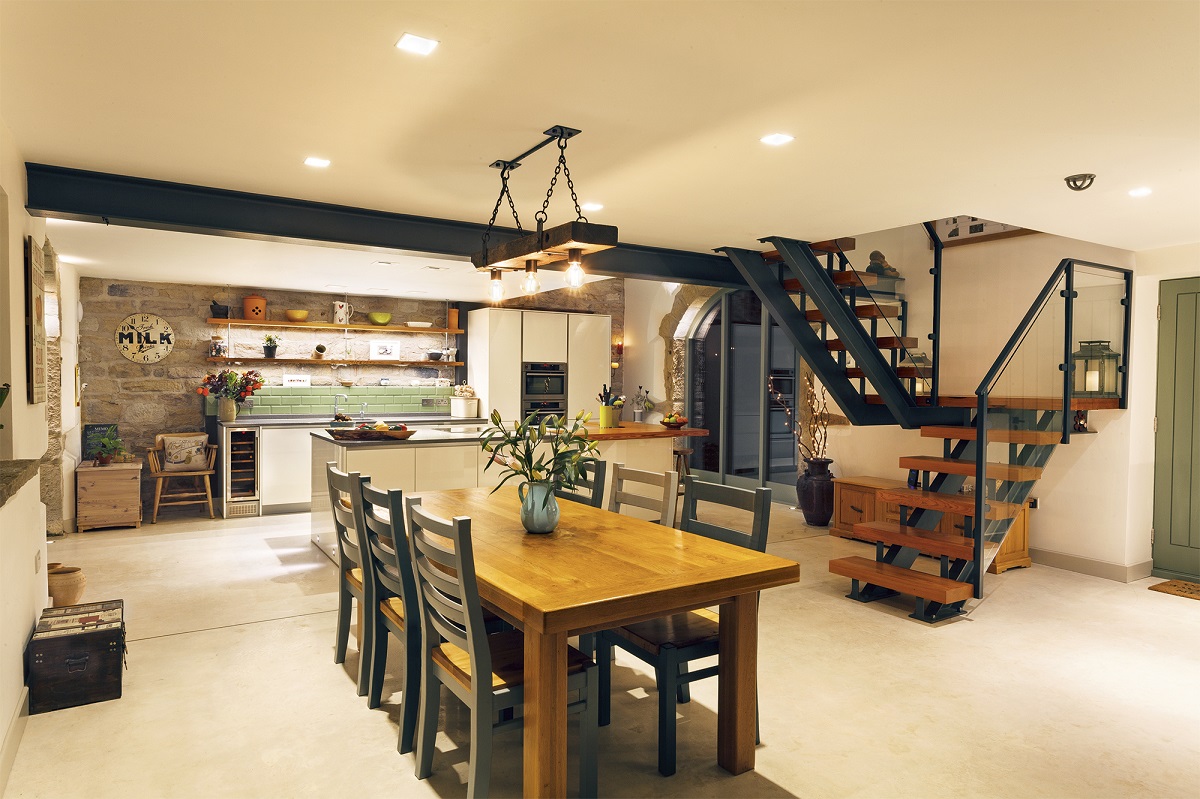
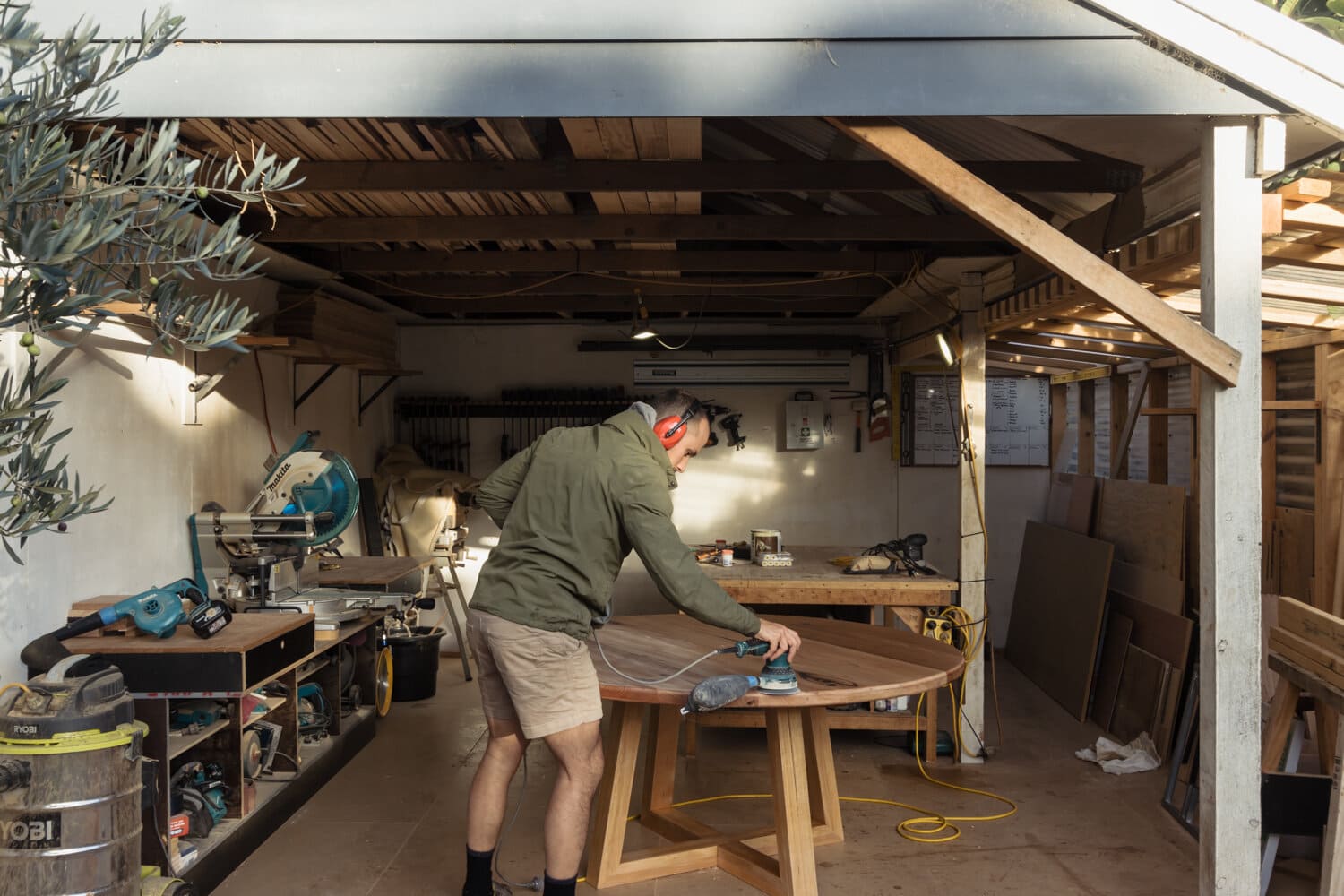
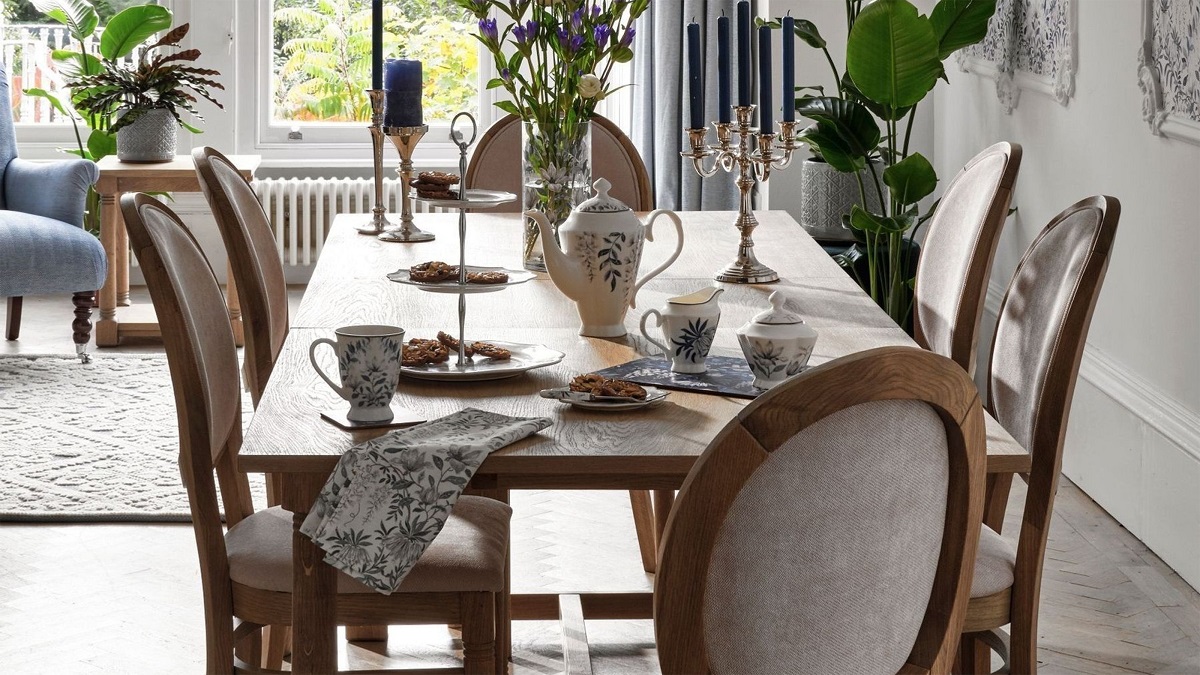
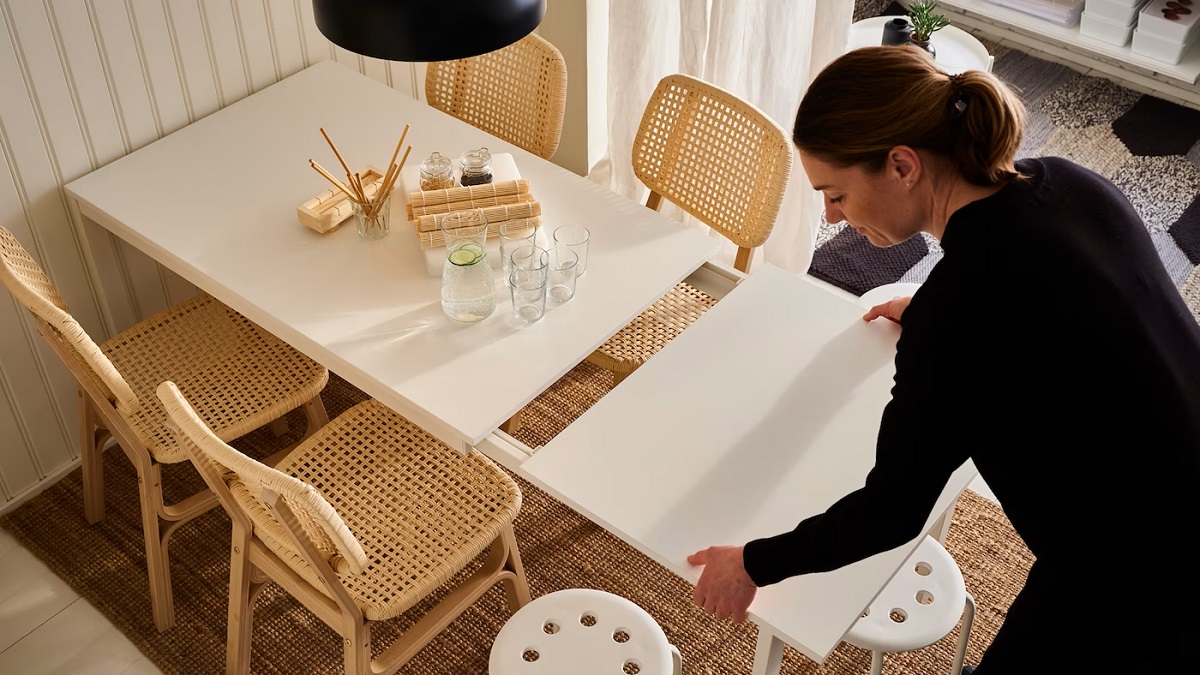
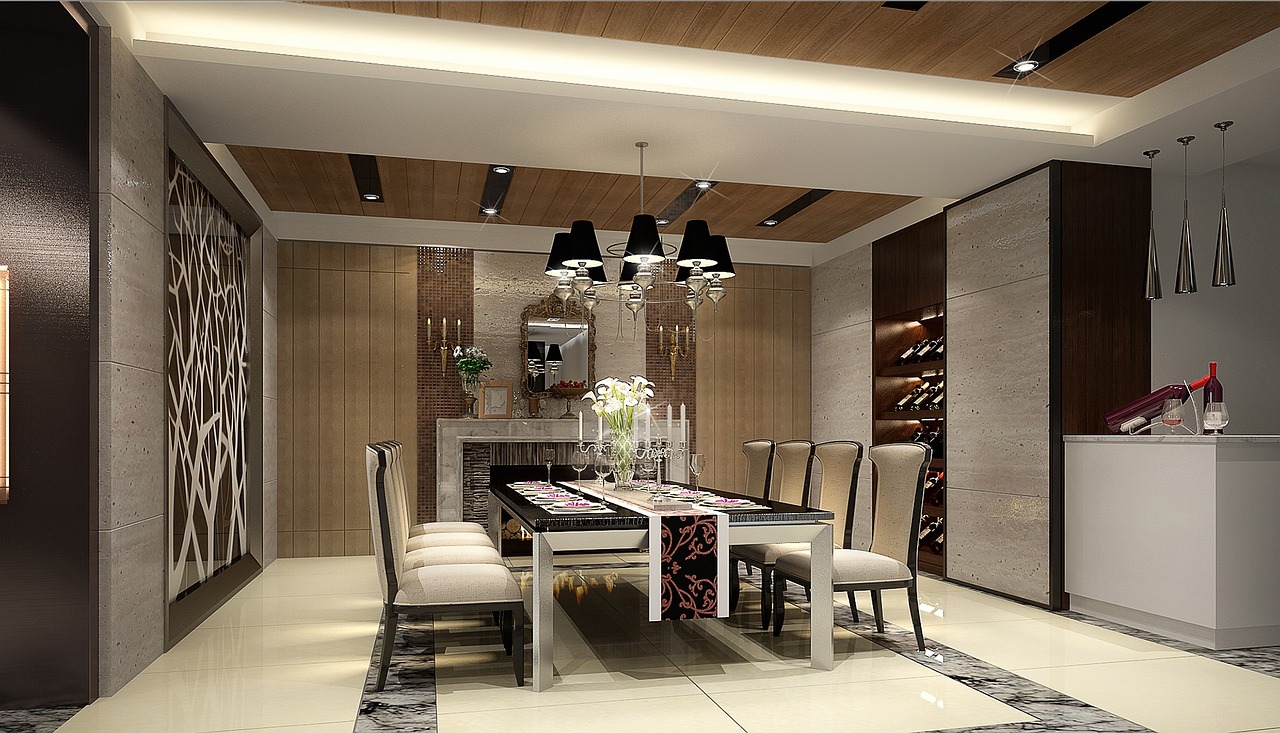
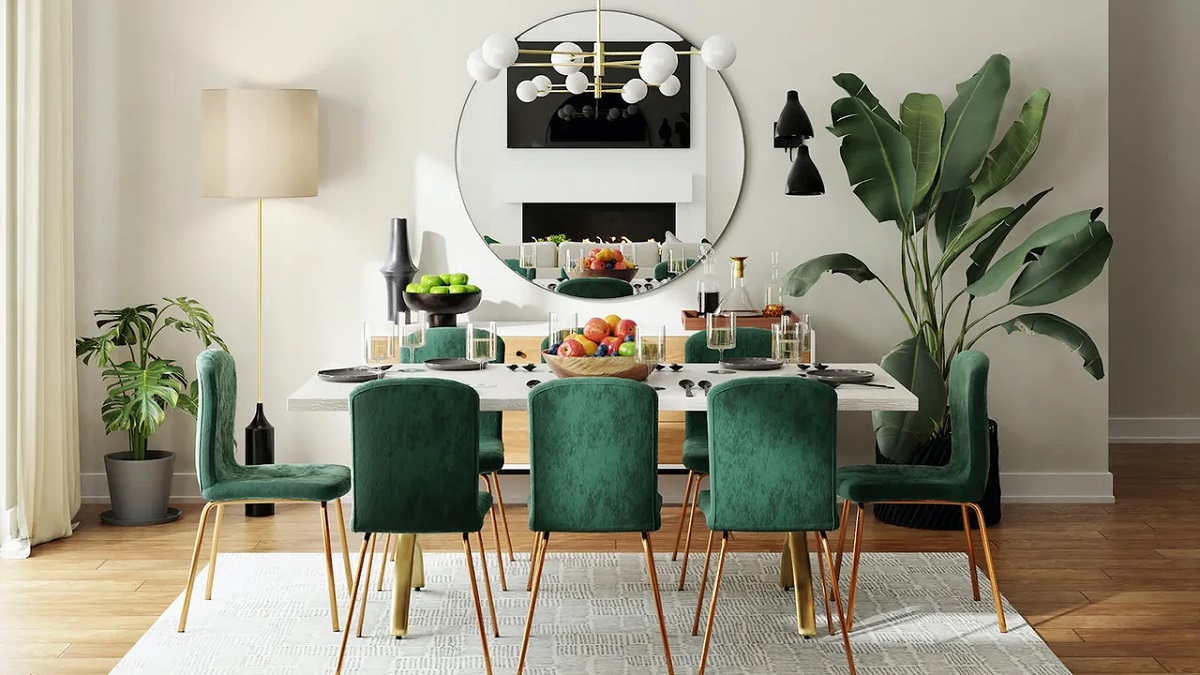
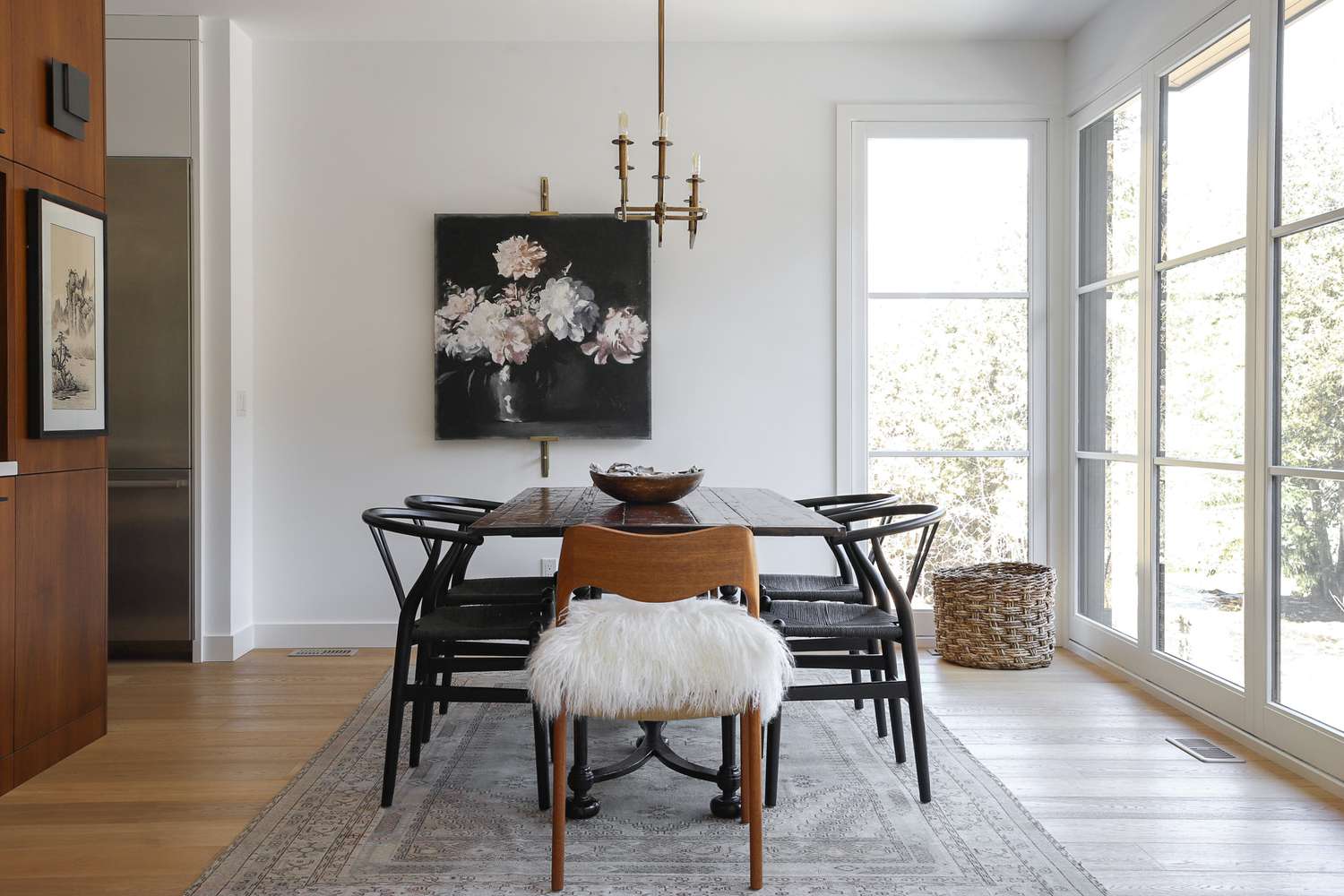
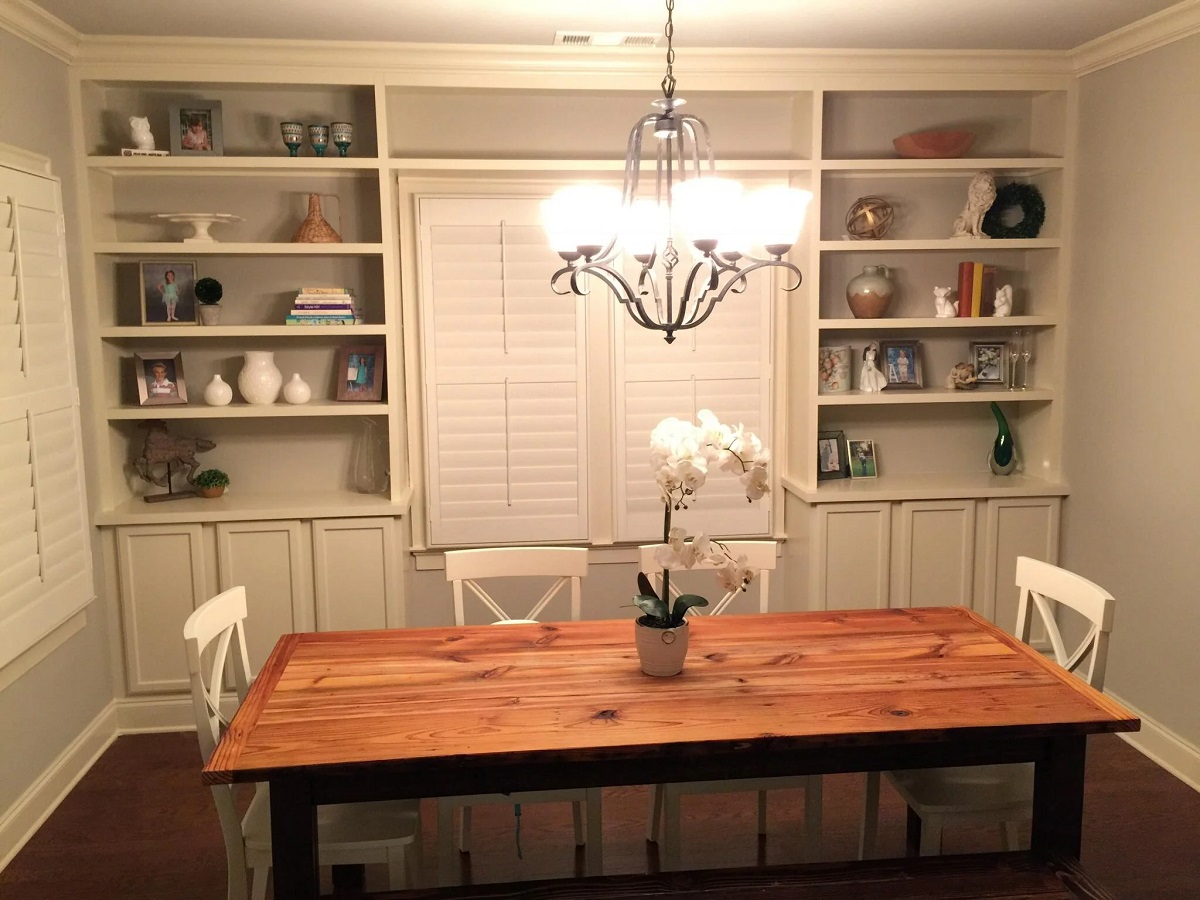

0 thoughts on “How To Arrange A Dining Room Table Setting”